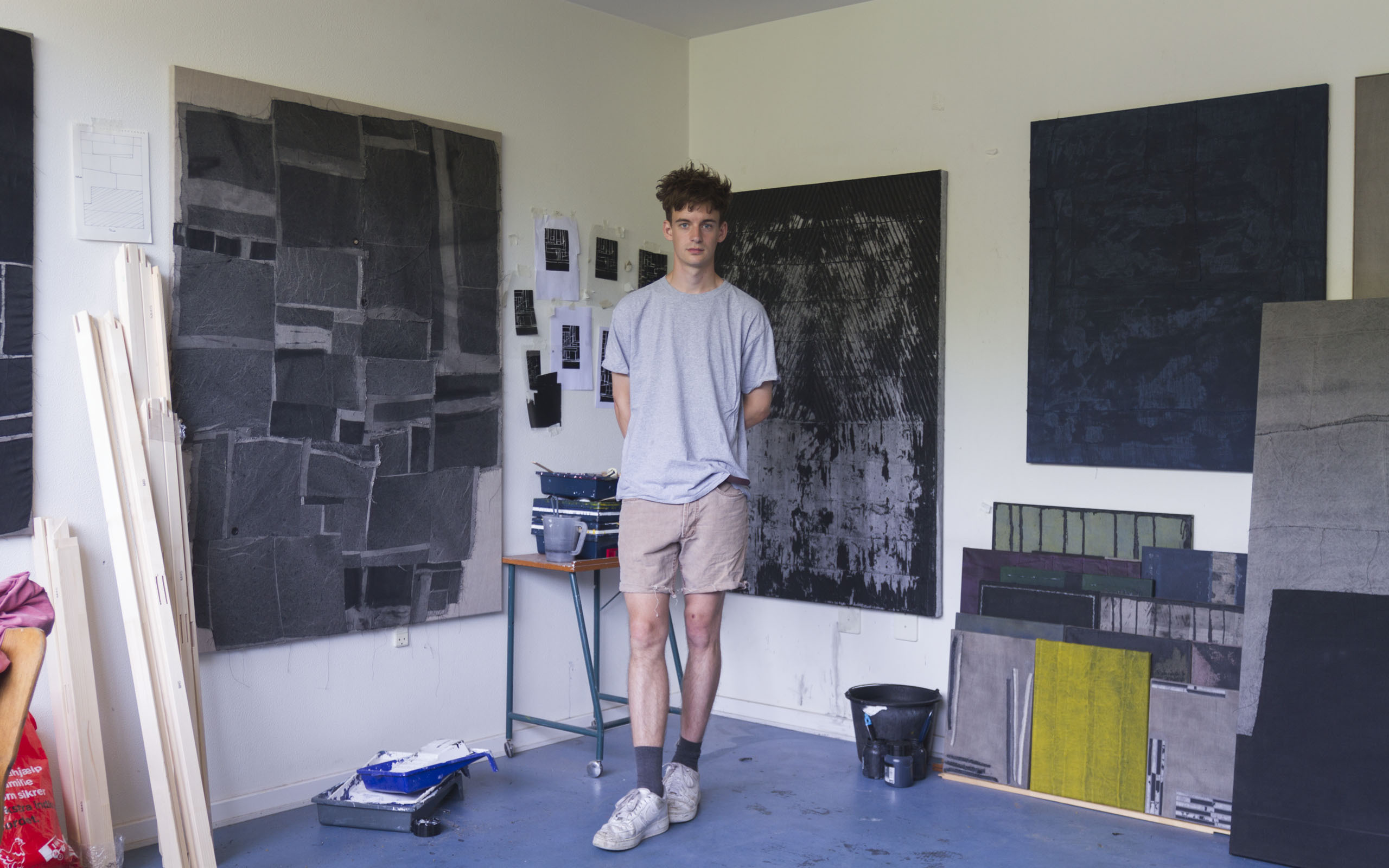Untitled (Cup-up 31), 2018
Untitled (Cut-up 31) takes roots in a paper collage created from cutting up one of the famous Sentences on Conceptual Art by American minimal and conceptual artist Sol LeWitt.
In its original form, Sol LeWitt’s sentence concludes that, if the material differs in a number of artworks, while formally these artworks are identical, the fundamental concept of these artworks must revolve around the material aspect: “If an artist uses the same form in a group of works, and changes the material, one would assume the artist's concept involved the material.”
In cutting up Sol LeWitt’s sentence the artist rearranged the wording, with “form” and “material” switching position in the sentence structure. Now remodeled, the sentence concludes that, if the form
is the variable in a series of works (no longer the material) the underlying concept must have nonetheless been rooted in the material.
As paradox as this altered sentence may sound at first, it is highly descriptive of Asger Dybvad Larsen’s practice as,in the artist’s view, physicality is never static.
By rearranging the wording, the artist may have factually changed the form of LeWitt’s sentence. The fact, however, that Asger Dybvad Larsen has been working with the same canvas, thread and printing ink for many years suggests that the used material cannot be completely dismissed from playing a certain role.
Moreover, one might argue that it must be precisely the continued use of the same material which suggests that the artist attributed a certain importance to a particular materiality – in Asger Dybvad Larsen’s case, one that is likely to be even greater than the importance of the form itself that he gives to the work of art.
This sense of materiality is only heightened by the very rough quality of the fabric, the loose threads, and occasional stains from black ink. By way of the manual silk screen process each work is a unique piece, with a look and feel of its own.








